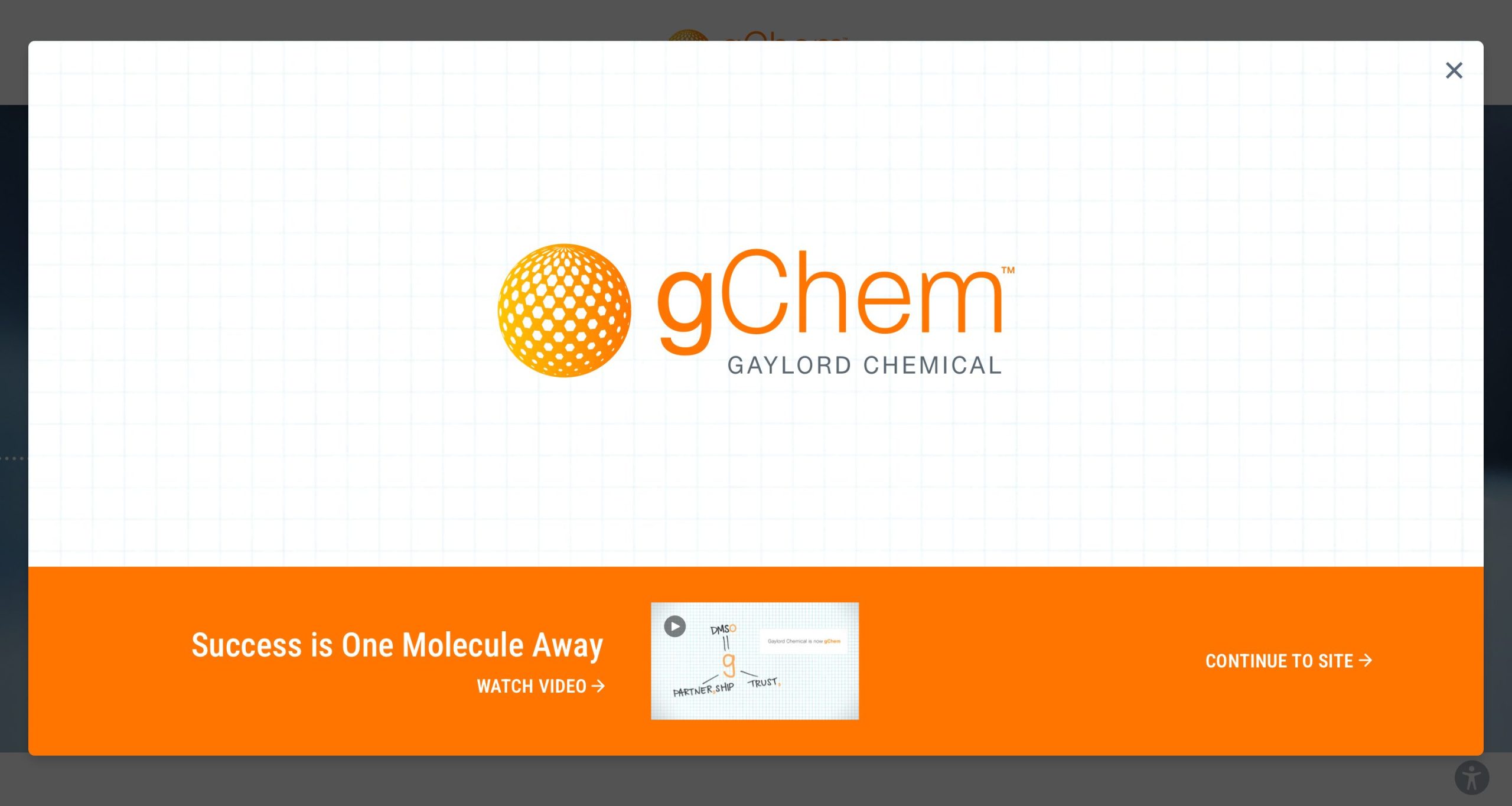In situ forming implant systems
In situ forming implant systems:
Kinetics of implant formation and concomitant burst drug release
An in situ forming implant system for the treatment of periodontal disease with chemotherapeutics was first patented by Dunn et al in 1990s1. The system comprised of a water insoluble biodegradable polymer, such as poly(DL-lactide), poly(DL-lactide-co-glycolide) and poly(DL-lactide-co-ε-caprolactone), which is dissolved in a water miscible and biocompatible solvent. When injected into an aqueous environment, the solvent diffuses out while water diffuses into the matrix. This causes precipitation of the polymer and subsequent formation of a ‘solid’ implant. Over the last few decades, these systems have gained tremendous levels of interest, mainly due to a wide range of potential uses. Among these are tissue engineering, cell encapsulation, microfluidics, bioengineering and drug delivery3 applications One of the preferred solvents includes DMSO (dimethyl sulfoxide), due to its pharmaceutical precedence2.
As implant formation involves phase inversion of the polymer, two different forms of implants based on rate of inversion may be identified. Rapid injection of a gel formulated with a hydrophilic solvent, leads to the quick (seconds to minutes) formation of a rod-like implant. Such formulations have low viscosities, require a lower force of injection and generally result in a porous matrix. Suitable additives can be used as rate-modifying agents to modulate drug release from matrix. Formulations based on DMSO – a hydrophilic solvent- fall into this category.
In another case, the slow injection of a formulation based onhydrophobic solvents (such as triacetin) leads to phase inversion at a slow rate (from hours to days) and spherical implant formation. The configuration of this implant type is comparatively dense, with a limited number of pores. As such, a slower drug release rate is observed. The relatively high viscosities of these formulations make them difficult to inject and often necessitates pre-emulsification or preheating to 37 °C3,5.
One of the issues to be addressed is the possibility of a burst in drug release, especially following the injection into the body. As discussed above, there is a time lag between the injection of the liquid/gel formulation and the formation of the solid implant. During the lag time, a relatively large bolus amount of drug is released before the release rate reaches a stable profile. This initial phase of the drug release is termed as ‘burst release’. Depending on the intended use, burst release can either have positive or negative effects6. It is certainly not desirable if the initial burst of drug leads to plasma concentration exceeding the safe therapeutic level and hence adverse effects. This initial burst of drug has – also been linked to tissue irritation and sometimes systemic toxicity.
Thus, in situ implant formation involves a complex interplay of both formulation and processing parameters which influence the rate of precipitation of the polymer and the burst drug release. Critical considerations in the design of a suitable formulation include (i) polymer molecular weight, concentration, and crystallinity, (ii) Nature of solvent, (iii) addition of rate modifying agents, and (iv) physicochemical properties of the incorporated drug. Though the burst effect is difficult to predict a priori, modification of these parameters can facilitate the tailoring of the drug delivery3.
In the seminal report, Lambert and Peck examined the combined influence of solvent, polymer molecular weight and the polymer concentration on protein FITC-BSA release from poly(DL-Lactide-co-glycolide) (PLGA) precipitated from solution as spheres7. They found that for a higher molecular weight polymer, the burst effect reduced on increasing the polymer loading in the solvent (10-20%). Use of lower molecular weight polymer led to greater concentration (33.5 to 40%) of polymer in solution, and hence the initial burst of drug released was eliminated. For the high molecular weight polymer, the greatest burst effect was achieved with DMSO, while the reverse case was achieved with the low molecular weight polymer7. The results suggest the possibility to select an appropriate molecular weight polymer so as to modulate drug release using DMSO as a solvent.
A recent report compared the solution–gel transition mechanism of the two PLGA based systems of antipsychotic drug paliperidone: (i) a homogeneous system of N-methyl-2-pyrrolidone (NMP), in which the drug was dissolved, and (ii) a heterogeneous system of DMSO, in which drug was dispersed8. The DMSO based system demonstrated a rapid solidification of the implant, which resulted in a high drug retention, well-controlled initial burst and slow release of the drug. In vivo administration of an optimized DMSO formulation (polymer/solvent ratio: 1/5 w/v and drug/polymer ratio: 1/4 w/w) to beagle dogs showed a more than 3-week sustained release with a limited initial burst. Pharmacologic evaluation on another optimized DMSO formulation (polymer/solvent ratio: 1/4 w/v and drug/polymer ratio: 1/4 w/w) implant presented a sustained-suppressing effect from 1 day to 38 day on the schizophrenic behavior mice model. Thus an in situ implant system of 50% drug loading, with well controlled initial burst, was achieved to last for more than one month sustained release. The one-month injection included 25.2 mg polymer and 100.8 mg DMSO, which reduced the intake of both solvent and polymer, thus decreased the potential risk. This long sustained-release in situ forming implant system could provide a valuable alternative in potential clinic application.
References
- Dunn, R.L.; English, J.P.; Cowsar, D.R.; Vanderbilt, D.P. Biodegradable in-situ forming implants and methods of producing the same. US Patent 4,938,763, 1995.
- Dunn, R.L.; Tipton, A.J.; Southard, G.L.; Rogers, J.A. Biodegradable polymer composition, US Patent 5,599,552, 1997.
- Thakur, R.R.; McMillan, H.L.; Jones, D.S. Solvent induced phase inversion-based in situ forming controlled release drug delivery implants. J Controlled Release. 2014, 76, 8 -23.
- Schoenhammer, K.; Petersen, H.; Guethlein, F.; Goepferich, A. Poly(ethyleneglycol) 500 dimethylether as novel solvent for injectable in situ forming depots. Pharm Res. 2009, 26, 2568 -2577.
- Raman, C.; McHugh, A.J. A model for drug release from fast phase inverting injectable solutions, Controlled Release 2005, 102, 145 -157.
- Huang, X.; Brazel, C.S. On the importance and mechanisms of burst release in matrix-controlled drug delivery systems. Controlled Release 2001, 73, 121-136.
- Lambert, W.J.; Peck, K.D. Development of an in situ forming biodegradable poly-lactide-coglycolide system for the controlled release of proteins, J. Controlled Release 1995, 33, 189 -195.
- Wang, L.; Wang, A.; Zhao, X.; Liu, X.; Wang, D.; Sun, F.; Li, Y. Design of a long-term antipsychotic in situ forming implant and its release control method and mechanism. Int J Pharm 2012, 427(2), 284-292.
Seema Thakral, Ph.D.







Leave a Reply
You must be logged in to post a comment.